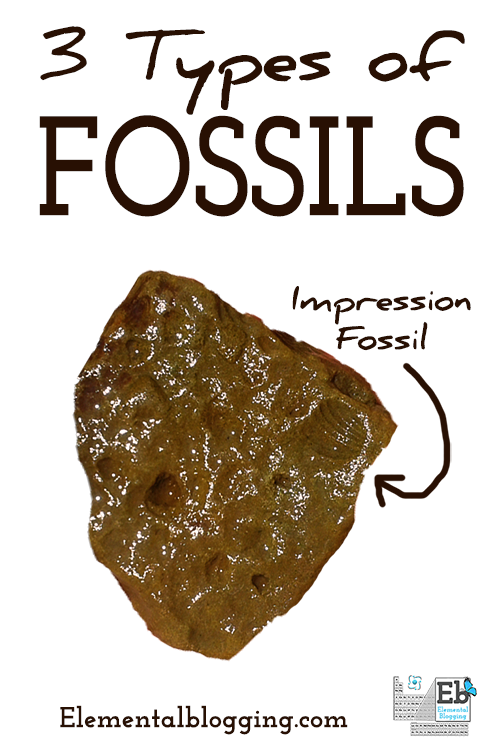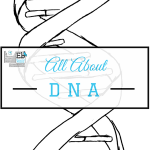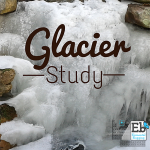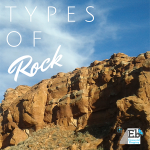 This week’s homeschool science corner is all about the three main types of fossils.
This week’s homeschool science corner is all about the three main types of fossils.
Scientists categorize fossils into three main groups – impression fossils, trace fossils, and replacement fossils.
Amber is also often looked at as a fourth type of fossil. Although a chunk of amber can contain insects that were trapped in resin long ago, technically it is still categorized as a gemstone.
Let’s dig into the three main types of fossils, uncover what they are, and get our hands dirty with an activity!
The 3 Types of Fossils
Fossils are bits of plants or animals that have been preserved from the past.
There are several different kinds of fossils based on how they are formed. Here are the three most common types of fossils:
1. Impression fossils
These fossils contain prints, or impressions, of plants or animals from long ago. The plant or animal lands in mud, silt, or sand and makes an impression. Over time, it disappears, but the impression remains. The mud, silt, or sand hardens into rock, and an impression fossil remains.
2. Trace fossils
These types of fossils capture the activities of ancient animals. The animals leave its footprints or scat, which makes an impression in the soft mud, silt, or sand. Just like impression fossils, the soil hardens to form rock, preserving a trace of the animal.
3. Replacement fossils
These fossils are replicas of things that were once alive, such as trees or sea creatures. These living things are trapped, die, and are covered by mineral-rich water. As they rot, the organic parts are replaced by a hard mineral called silica. The minerals fill in the spaces and create a replacement, or replica, fossil of the living thing.
Exploring Fossils
Have the students examine a fossil and write down several things that they learned about the living thing it preserved. You can ask them the questions below to help them get started:
- What type of fossil do you have?
- Is your fossil from a plant or animal?
- What similarities are there to something you would find today?
- What differences are there to something you would find today?
After they have observed the fossil sample, you can have them make their own fossil. Check out the following two posts for ideas:
- Replacement fossils – Have the students make their own replica of a replacement fossil, just like petrified wood, using the linked activity from the National Park Services.
- Impression fossils – Have the students make their own impression fossil using a shell or plant from your home with the directions found in the linked article from the Crafty Classroom.
Digging Deeper
A little fun fact that you may not know – every state has its own fossil!
Have the students research and learn about their state’s fossil. You can use these two websites below to help you get started:
- State Symbols USA
- List of US State Fossils from Wikipedia
You can also check out the following books for more information on fossils:
- Digging Up Dinosaurs (Let’s-Read-and-Find… Science 2) by Aliki
- Archaeologists Dig for Clues (Let’s-Read-and-Find… Science 2) by Kate Duke
- Learning from Fossils (Exploring Earth’s Resources) by Sharon Katz Cooper
The Final Product
Impression, trace, and replacement fossils are the three main categories of fossils.
I trust that you and your students will enjoy using this information to explore the three main types of fossils!









We have a little known but great place to find fossils in Upstate NY. The state park is called Partridge Run. My daughter has been there a couple of times. The fossils are everywhere as in you are literally walking and driving on them. The name of the state park is called Partridge Run. I blogged about our last trip there here… http://toomuchlittletim.blogspot.com/2013/11/nature-exchange-part-1.html
Jennifer, that sounds awesome! I had no idea there was a fossil park on the east coast, so thank you for sharing :-).